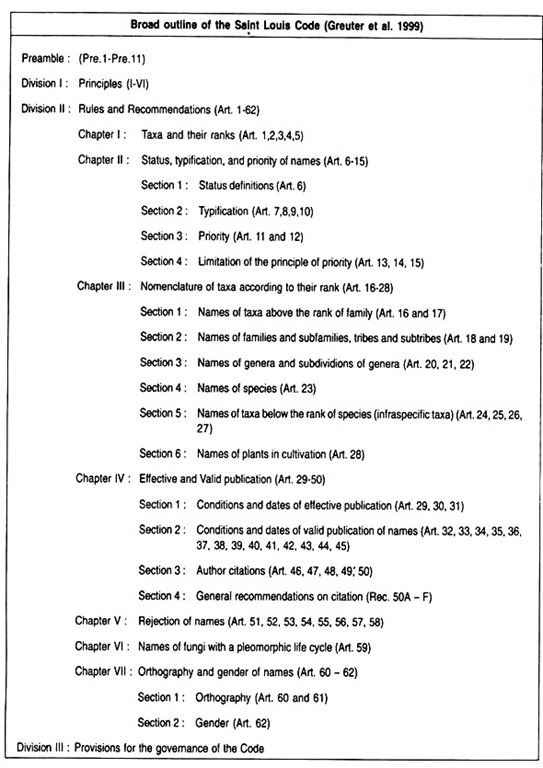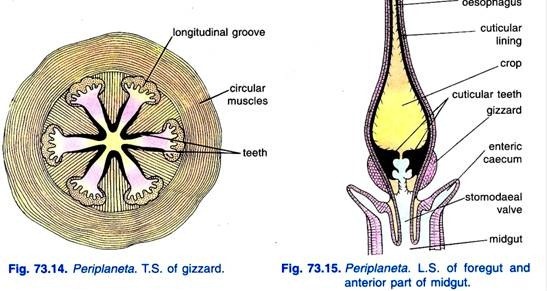ADVERTISEMENTS:
A concept of emulsified oxygen vector pathway for enhanced oxygen mass transfer in bioprocessing liquid has been proposed.
According to this concept, the presence of a non-aqueous liquid phase may provoke a significant increase in the oxygen transfer rate from the gas phase to the bio-cells without necessitating an increased energy input.
The principle of oxygen vectors consists of adding to the growth medium a liquid phase in which oxygen has a higher solubility than in water (Fig. 5.4). Examples of oxygen vectors used in bioconversions are hydrocarbonsand per-fluorocarbons. Biotechnological efforts to develop and achieve optimal use of oxygen vectors in oxygenators have been reported. In order to explain the role of oxygen vectors in processing systems, some mechanisms have been proposed which need to be experimentally verified. In an oxygen vector-mediated bio-system, four phases exist.
These are: gaseous phase (e.g., air), liquid organic phase (the vector), aqueous phase (nutrient water solution), and solid microbial cells. As shown in the figure, the oxygen transfer profile from gas bubbles to cells may take five routes incorporating the fifth vector pathway to propose a mechanism explaining the enhancement of oxygen transfer rates (Fig. 5.5).
From the above discussions, assuming that air at or near atmospheric pressure is used to supply oxygen to cellular systems in aqueous biomedia (thus fixing the maximum value of the driving force), the only variables that may be changed to effect an increase in oxygen mass transfer rate are KL and a. Besides the Whitman film theory, as discussed above, several other theories are also available based on Fick’s law of diffusion. They have been proposed in an attempt to provide a physical developmental explanation of KL and its components.


